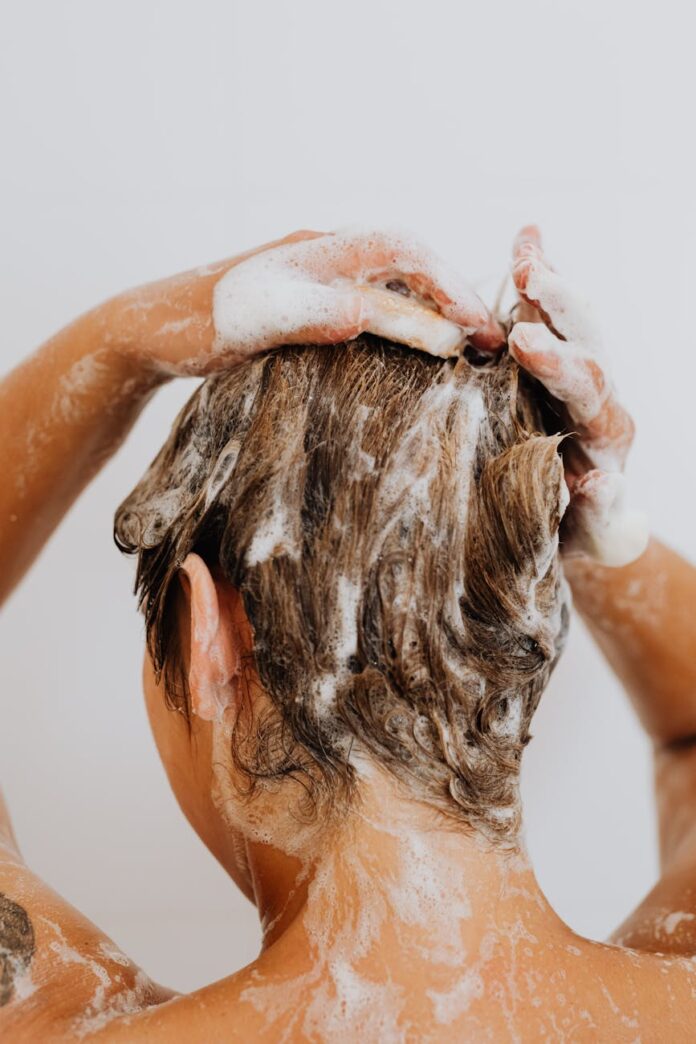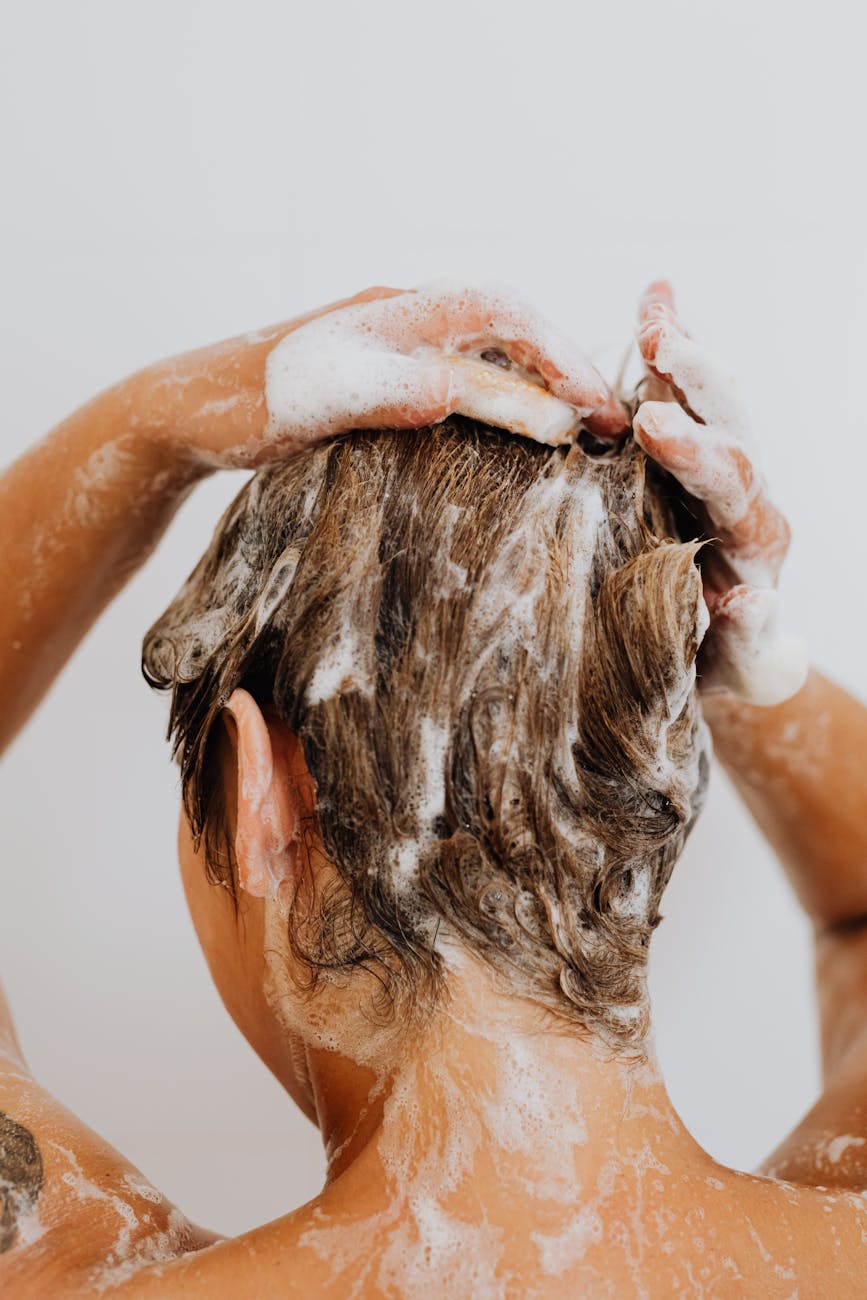

Hair loss, a concern for many men and women around the globe, may be mitigated with an unexpected ally—anti-dandruff shampoos. Balding, clinically known as Androgenetic Alopecia or more commonly as male pattern baldness (MPB) and female pattern hair loss (FPHL), could be slowed down by using shampoos designed to fight dandruff.
Understanding Hair Loss
To address hair loss effectively, it is essential to understand its causes. Both MPB and FPHL are largely influenced by genetics and hormones. Dihydrotestosterone (DHT), a derivative of testosterone, is known to shrink hair follicles, eventually leading to hair thinning and loss.
The Role of Anti-Dandruff Shampoos
Anti-dandruff shampoos are not just for flake-free hair. Many of these products contain active ingredients that may have beneficial secondary effects for those experiencing hair loss:
Ketoconazole
Ketoconazole is commonly found in anti-dandruff shampoos. It is an antifungal agent that controls flaking and scaling of the scalp. Research indicates that ketoconazole can also have anti-androgenic effects, helping to reduce DHT levels on the scalp, which may slow the hair loss process.
Zinc Pyrithione
Another active ingredient, Zinc Pyrithione, has been shown to improve hair growth by reducing scalp inflammation and blocking DHT. A healthy scalp environment is crucial for the maintenance and growth of hair.
Salicylic Acid
Salicylic Acid helps to get rid of scalp build-up and unclogs hair follicles, promoting better hair growth. By maintaining clean follicles, one ensures that hair can grow without interruption from dandruff or scaling.
Selenium Sulfide
Selenium Sulfide is also an active anti-dandruff component that assists in reducing the rate of hair loss by preventing cellular damage from free radicals and by reducing scalp inflammation.
Experts’ Opinions
Dermatologists suggest that while anti-dandruff shampoos are primarily aimed at treating dandruff, their active components can create a scalp environment more conducive to hair maintenance and growth. However, they should not be seen as a standalone treatment for hair loss. Instead, these shampoos may be a beneficial component of a broader hair loss treatment plan.
A Multi-Faceted Approach
Individuals dealing with hair loss should consider a multi-faceted treatment approach:
- Topical Treatments: Minoxidil, applied topically, is FDA-approved for hair loss and can be used alongside anti-dandruff shampoos.
- Oral Medications: Drugs such as Finasteride can help reduce DHT internally and are often prescribed for MPB.
- Lifestyle Modifications: Diet, stress management, and avoiding damaging hair styling can play a significant role in hair health.
- Medical Procedures: In more advanced cases, hair transplant surgery or platelet-rich plasma (PRP) treatments may be considered.
Conclusion
While anti-dandruff shampoos were not designed as hair loss treatments, their active ingredients may provide a surprising benefit in slowing down MPB and FPHL. It is essential to approach hair loss treatment holistically, utilizing a combination of strategies. Always consult with a healthcare provider or a dermatologist to create a personalized plan that addresses individual needs and treatment goals.
